Alabama Audubon’s Executive Director, Scott Duncan and Science and Conservation Director, Lianne Koczur examine a female cardinal (Cardinalis cardinalis) during the MAPS Bird Banding Program at Ruffner Mountain’s Wetlands.
We had so much fun at the bird banding program this week!
This is the second year of the bird banding program at Ruffner Mountain with partner, @alaudubon, and it has been quite successful so far!
We have banded many common birds and a few uncommon birds we were excited to find using the mountain as a breeding ground.
Led by AL Audubon Science and Conservation Director and bird banding permit holder, Lianne Koczur, we have been operating a MAPS banding station at the Wetlands. MAPS (Monitoring Avian Productivity and Survivorship) is a program under @instbirdpop
The station at Ruffner Mountain is linked with the extensive network of other MAPS Program stations throughout the United States, Canada, and Mexico. The overall goal of the program is to provide long-term data on bird populations.
Starting in May and continuing through the breeding season, for each banding session, nets are set up 30 minutes before sunrise and are taken down following a 6-hour period. Captured birds are banded, sexed, aged, weighed, measured, and released. We also record all bird species seen or heard in the area.
Lianne Koczur, Science and Conservation Director at Alabama Audubon demonstrates how to release the birds after banding.
At Ruffner Mountain, we can use this data to improve habitat quality for birds and other wildlife. As we reduce the number of invasive species and improve/restore habitats, we may see an even greater diversity of birds using the space in the future. This week we found several species including a female cardinal (Cardinalis cardinalis) and her young, a white-eyed vireo (Vireo griseus), and a tufted titmouse (Baeolophus bicolor).
Thank you to everyone who made it out on the humid, summer morning to watch Lianne and pull birds out of her bag!
All birds were handled by biologists with proper state and federal permits.


